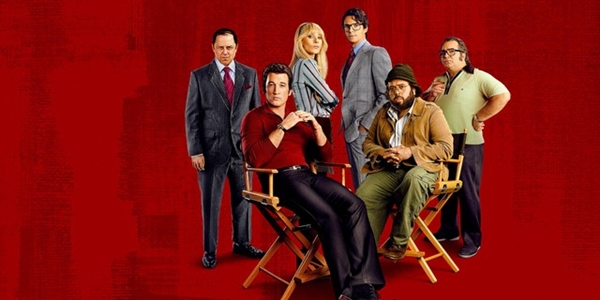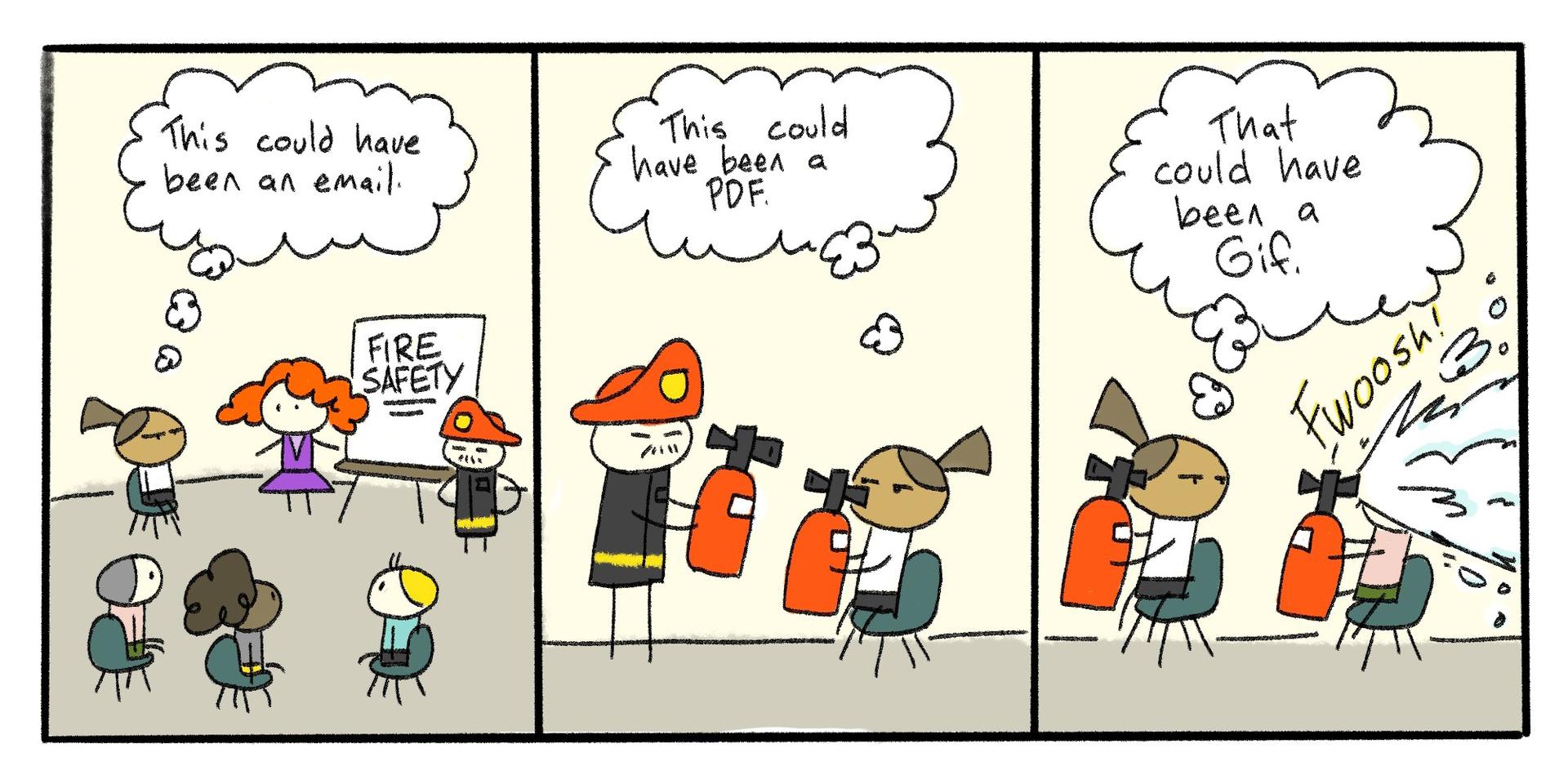Teens to the rescue: Worker shortage? LOL. Cringe.
Win-win is just the beginning: Learn how to negotiate FTW.
The Offer: Use guerilla marketing tactics like a Godfather.
|
|
|
America Has a Worker Shortage This Summer — Are Teenagers the Answer?
|
When businesses reopened post-vaccines, millions of employees didn’t come back, pursuing other roles for better pay and benefits. The resulting labor shortage has left employers desperate for workers, especially in hospitality, retail, and tourism — industries that won’t make applicants rich but also require little to no experience.
In other words, perfect industries for high schoolers and college students, who happen to be on summer break now.
It’s an awesome and unprecedented hiring environment in which to get a first job, as The New York Times recently explained. No wonder the youth unemployment rate has been dropping for a year straight.
Gen Z: Ambitious AF and not pushovers
Oh, you don’t want to replace your MIA workforce with members of the TikTok generation? LMAO, OK, boomer. You need them more than they need you right now.
Before hiring younger workers, brush up on the Department of Labor’s laws and regulations (as well as state and local ordinances, obv) so you don’t send kids into coal mines or whatever. Here are five hiring tips for convincing “A” students to join your A-team:
- Post listings on social media. Teens are digital natives, so find them where they are, even if that means learning how to use platforms other than Facebook.
- Pay higher wages. Well, duh. Your waitstaff doesn’t expect a CEO’s salary, but they’ll ghost lowballers. Teens are used to low wages, so even a slight increase in pay can help. Check out job listings from your competitors to see what the going rate is.
- Offer a sign-on bonus. Gen Zers love instant gratification, and it doesn’t get more instant than an extra check on Day One.
- Encourage referrals. Teenagers also love working with their friends. Provide referral bonuses for quality hires.
- Give tuition assistance. Student loan debt is no joke. Shrinking that horrifying figure in advance is, like, the holy grail of benefits. Hey, king, you dropped this: ?.
|
|
|
Win-Win Negotiation Is Just the Beginning
|
Dr. Steven Rogelberg is a Chancellor’s Professor at UNC Charlotte and former president of the Society for Industrial and Organizational Psychology.
Effective negotiation is an essential skill for all. We’re constantly negotiating (implicitly or explicitly) with peers, managers, customers, competitors and suppliers. It’s just a part of business.
The most common approach is positional bargaining: Each party declares a position — what they want or need — and then, after a back-and-forth, everybody bends (or not) to find some type of solution.
Imagine an orange sitting on a table. Jack says, “I want the orange.” Jill says, “I also want the orange.” Clearly, the two positions are incompatible. Unless Jack or Jill is willing to forfeit the entire orange (a win-lose negotiation), the solution that typically emerges is to cut it in half (win-win).
This is satisfactory to both parties, but is it satisfying to either?
Get More Creative Than Splitting the Difference
Let’s contrast positional bargaining with interest-based negotiation. This approach focuses on the “why” behind the “what.” It might look as follows:
Jill: “I want the orange.”
Jack: “Why?”
Jill: “Because I’m hungry and I need to eat fruit today.”
Jack: “I also want the orange.”
Jill: “Why?”
Jack: “Because I’m making scones and I need the rind.”
By identifying the underlying motives, Jill gets the juicy and nutritious inside of the orange, while Jack gets the textured outside. They haven’t simply met in the middle; they’ve found synergy.
“Why” changes the conversation from staking out positions to understanding root needs. Listen carefully and a path to success may reveal itself. Orange you glad to learn about a new way of negotiating? ?
|
The Offer Shows How Guerrilla Marketing Tactics Sold The Godfather
|
With the passing of legendary actor James Caan (1940-2022) yesterday, it’s an appropriate time to look back at his best-known film — and the story behind it.
The Offer, a Paramount+ limited series about the making of The Godfather, doesn’t just depict the chaos that Marlon Brando (Justin Chambers) brought to set; it also shows how producer Al Ruddy embodied the spirit of guerrilla marketing to make the classic film happen. Here are three of Ruddy’s unconventional methods to help spark an inventive spin on your selling strategy:
- Stealth guerrilla marketing: Get your feet on the ground! When Ruddy was starting out, he wanted to score Robert Redford as the star of a motorcycle movie. Redford’s agent didn’t take the call, so Ruddy snuck onto a set in Mexico where Redford was shooting another project — and worked out a deal with him on the spot.
- Grassroots guerrilla marketing: Forming a personal connection is the best way to establish trust. Francis Ford Coppola initially passed on adapting Mario Puzo’s novel as a script because he wanted to direct the project instead. Ruddy promised to grant that wish if Coppola helped Puzo adapt it — an offer he couldn’t refuse.
- Undercover guerilla marketing: This is misrepresenting yourself to sell a product. When real-life crime bosses pressured Ruddy to cancel The Godfather, he promised to omit the word “mafia,” which convinced them it would be respectful. The film harshly critiqued their way of life, of course, but sometimes truth in advertising can get you killed.
|
Follow these insider tips to save a few bucks while staying on the right side of your company’s finance department — and, y’know, the IRS.
|
Fifteen years ago, just about every hotel loyalty program offered free bonus points just for booking online instead of making a phone call. Promotions are a bit harder to come by now, but one often-overlooked way to easily rack up bonus hotel points is by downloading the mobile app.
In Marriott’s Bonvoy app, tap on the “Account” icon and scroll down to “My Promotions.” You’ll often find one or two promotions just for you. We’re currently getting 1,000 bonus points and a bonus night credit for each stay.
|
|
|
Written by Skye Schooley, Antonio Ferme, and John Busby. Comic by John McNamee.
|
|
|
|




.jpg)


